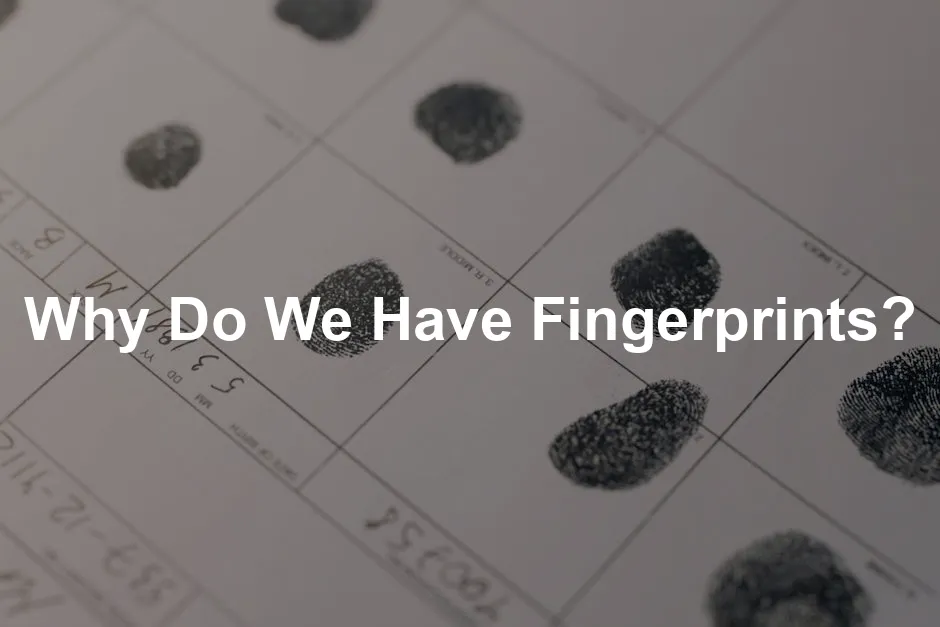
Why Do We Have Fingerprints?
Introduction
Fingerprints are nature’s personal ID card. Ever wondered why they’re so unique? Each person boasts a distinct set of patterns known as dermatoglyphs. This article unpacks the fascinating world of fingerprints, answering common questions about their purpose and how they form. We’ll look into their biological, evolutionary, and practical aspects. By the end, you’ll discover why no two fingerprints are alike and what makes them essential to our identity.And speaking of uniqueness, if you’re looking to capture your own prints or those of your little ones, consider a Fingerprint Ink Pad. It’s perfect for making keepsakes or for those crafty projects!
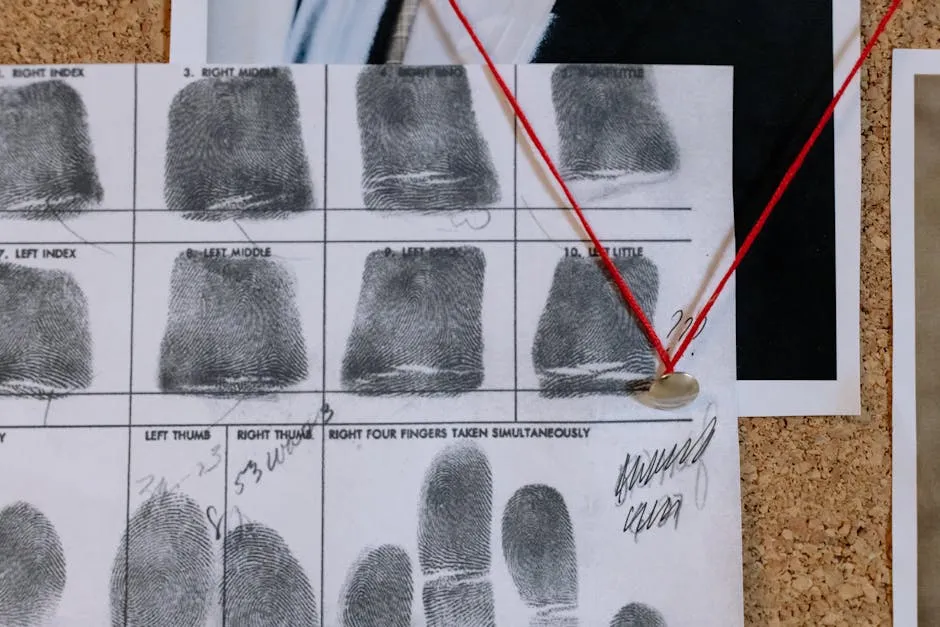
What Are Fingerprints?
Fingerprints are the unique patterns formed by the skin on our fingertips. These patterns, called dermatoglyphs, are composed of ridges and valleys that create fascinating designs. Ever noticed those tiny bumps? They’re not just there for show! The structure of fingerprints includes loops, whorls, and arches, categorized based on their specific arrangements. When we touch surfaces, our fingertips leave behind traces. This happens due to natural oils and moisture from our skin. Just think about the last time you painted or enjoyed chocolate. Those delicious moments often leave invisible marks, showcasing your unique fingerprint pattern on mirrors, windows, and papers.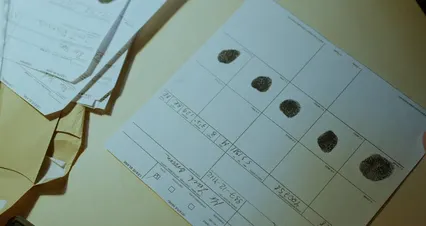
The Formation of Fingerprints
Fingerprints begin forming around the 10th week of fetal development. The process is a captivating mix of genetics and environmental influences. Initially, the skin is smooth, but as the fetus grows, a deeper layer known as the basal layer starts to fold and buckle. This buckling process is what creates the unique patterns we see. Genetics play a significant role in determining the overall shape and design of fingerprints. However, environmental factors also contribute to their uniqueness. For example, the fetal position, amniotic fluid dynamics, and even blood vessel shapes influence the final pattern. As a result, each ridge and valley is uniquely crafted, ensuring no two fingerprints are identical, not even among identical twins! By the time a fetus reaches around 24 weeks, those patterns are fully formed and remain unchanged throughout life. Even if you experience an injury, the fundamental fingerprint design returns, showcasing the resilience of these biological markers. Each unique pattern is a testament to the intricate interplay of genetic and environmental factors that occur during early development.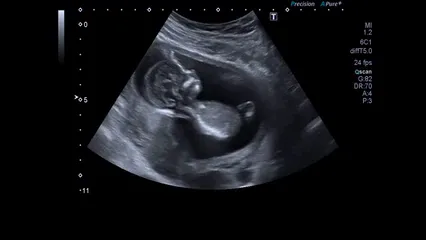
The Science Behind Fingerprint Patterns
Fingerprints are fascinating. They come in three main types: loops, whorls, and arches. Loops are the most common, swirling around like a gentle hug. Whorls resemble tiny whirlpools, while arches look like rolling hills. Each person has a unique combination of these patterns. Genetics determines these patterns, much like how your eye color is inherited. Fingerprints start forming around the 10th week of fetal development. By the time you make your grand entrance into the world, those patterns are set in stone—well, skin! They remain unchanged throughout your life. Even if you suffer an injury, your fingerprint design will return. Isn’t that a little magical?The Purpose of Fingerprints
Identification and Forensic Use
Fingerprints are the original ID. Law enforcement loves them! They’ve been instrumental in solving crimes for over a century. One famous case? Thomas Jennings was convicted of murder in 1911, thanks to a perfect fingerprint left on wet paint. Talk about leaving your mark! Fingerprints are unique to each person. The chances of someone sharing your fingerprint pattern? About 1 in 64 million! Even identical twins, who share DNA, have distinct fingerprints. This uniqueness makes them perfect for identification. They’re like nature’s way of saying, “No two people are the same!” In modern crime-fighting, fingerprints are a go-to tool. They help identify suspects and victims alike. Detectives can literally piece together a story from a single print. That’s power!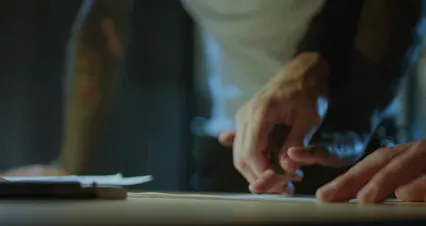
For those intrigued by the science of fingerprints, check out Forensic Science: A Very Short Introduction (Book). It’s a quick read that’ll deepen your understanding of this captivating field!
Enhancing Grip and Tactile Sensitivity
Now, let’s get to the gripping part—pun intended! There are two main theories about why we have fingerprints. One suggests they improve grip. Think of them as tiny treads on tires, giving you traction. The ridges create friction, helping us hold onto objects better. However, recent studies challenge this idea. Some researchers found that fingerprints might actually reduce contact area on smooth surfaces! Yes, you heard that right. So, the friction theory may not be as solid as we thought. The second theory posits that fingerprints enhance our sense of touch. Our fingertips are filled with sensitive receptors. Fingerprints might channel vibrations to these receptors, amplifying our tactile perception. Imagine running your fingers over soft fabric and feeling every texture. That’s your fingerprints at work! Scientists conducted experiments using artificial fingers. They discovered that ridged surfaces create distinct vibrations when moved across different materials. This heightened sensitivity could have evolutionary benefits, helping our ancestors identify safe versus spoiled food. Interestingly, fingerprints might also prevent blisters. They allow skin to flex while providing support. This means your hands can work hard without falling apart. Ingenious, right? In conclusion, fingerprints are not just unique identifiers. They enhance our grip and touch, making them vital for daily life. So next time you think about fingerprints, remember: they’re much more than just pretty patterns!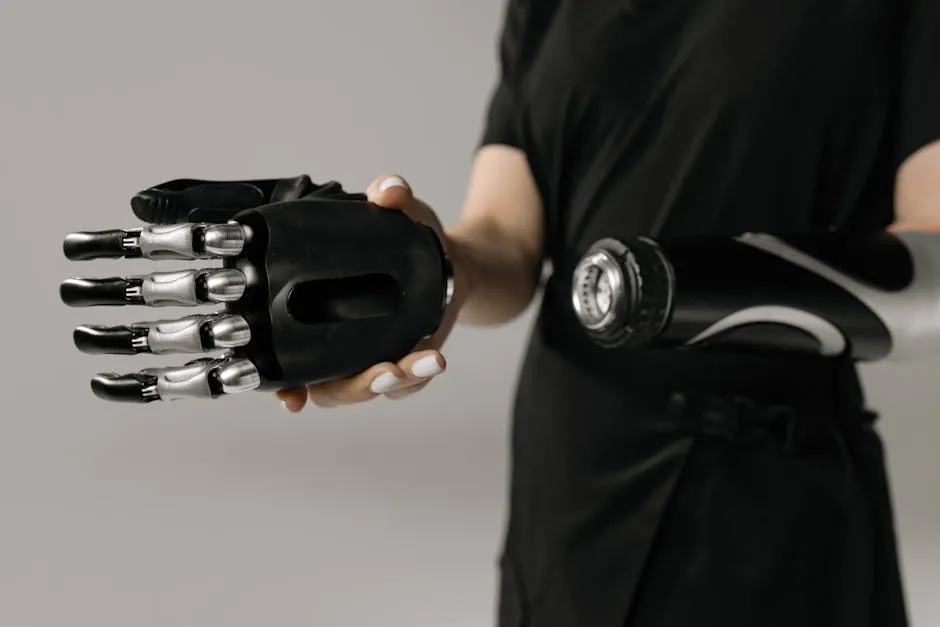
Additional Functions
Fingerprints aren’t just pretty patterns. They serve multiple purposes, including moisture regulation and preventing blisters. Ever notice how your hands feel after a long day? That’s your skin talking! Fingerprints help maintain moisture levels. They create tiny channels that wick away excess sweat. This keeps your grip steady, even when things get slippery. Imagine holding a wet glass. Your fingerprints ensure you don’t drop it like a hot potato! But wait, there’s more! Those ridges also play a role in preventing blisters. They allow the skin to flex while providing support. Think of them as tiny shock absorbers. So, when you’re lifting weights or playing the guitar, your fingertips stay protected. Now, let’s chat about tactile interactions. Touch is vital for human relationships. It’s how we bond and connect. Fingerprints enhance our sense of touch. The ridges amplify vibrations, making every hug or handshake more meaningful. In fact, studies show that tactile interaction influences emotional connections. A simple touch can communicate warmth and trust. So, next time you shake hands, remember: it’s more than just a greeting. It’s a connection, powered by your unique fingerprints!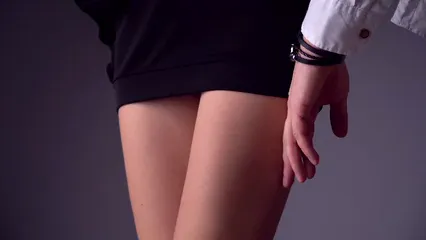
Unique Characteristics of Fingerprints
Uniqueness and Variability
You’ve probably heard it before: no two fingerprints are alike. Even identical twins, who share DNA, have distinct patterns. It’s all thanks to a mix of genetics and environmental factors. While genes set the stage, the environment dictates the specifics. Imagine being in the womb. Your position, the movement of amniotic fluid, and even blood vessel shapes all contribute to the final pattern. This intricate dance creates a unique fingerprint for everyone. Statistically, the odds of two people sharing the same fingerprint? About 1 in 64 million! That’s right, your fingerprints are like a one-of-a-kind snowflake—no duplicates here! The uniqueness of fingerprints is a subject of great interest. For more insights, you can explore why do we have fingerprints and are they unique? Why do we have fingerprints and are they unique?
Curious about how fingerprints are analyzed? Check out Forensic Fingerprint Analysis (Book). It’s a great resource for anyone diving deeper into forensic science!
Fingerprints in Other Species
Did you know humans aren’t the only ones with unique fingerprints? Some animals, like koalas and certain primates, also sport these fascinating patterns. Koala fingerprints are so similar to ours that they can confuse forensic scientists! This raises an intriguing question: why do these species have fingerprints? The evolutionary implications are fascinating. For tree-dwelling animals, fingerprints improve grip and tactile sensitivity. Just like us, they rely on their sense of touch to navigate their environments. So, next time you admire your fingerprints, remember: you’re in good company! Nature has sprinkled this unique trait across various species, showcasing its importance in survival and interaction.
Can We Live Without Fingerprints?
Imagine living in a world where your fingerprints never existed. For some, this is a reality due to a rare condition called adermatoglyphia. Individuals born with this condition lack the unique ridges that define our fingerprints. While it may sound like a superpower, life without fingerprints comes with its own set of challenges. Identification becomes a tricky task. Forget about easily passing through security checks or unlocking your phone with a touch. Those with adermatoglyphia often face hurdles when obtaining passports or even accessing certain jobs. Social interactions can also be affected. Fingerprints play a significant role in how we connect with others. A handshake, for instance, is more than a greeting; it’s a tactile experience that fosters trust. Without fingerprints, these everyday interactions might feel less personal. In essence, while some may navigate life without fingerprints, the absence poses unique challenges that underscore the importance of these intricate skin patterns in our daily lives.
Historical Context of Fingerprints
Ancient Uses
The history of fingerprints is as fascinating as the patterns themselves. It dates back thousands of years, with the earliest use found in ancient Babylon. Around 2000 BC, people pressed their fingertips into clay tablets to mark ownership or sign contracts. Meanwhile, in China, fingerprints were used as signatures in legal documents as early as 220 BC. Despite their long history, the uniqueness of fingerprints wasn’t fully understood until much later. It was not until the late 17th century that scientists began to study the ridges of fingers scientifically. In 1684, an English physician published the first analysis of skin patterns, paving the way for future research. Fast forward to the 19th century, when a German scientist named Johann Mayer established that no two individuals have the same fingerprints. This revelation became a crucial turning point in forensic science. In 1902, fingerprints began their journey into criminal investigations, forever changing the landscape of law enforcement.
Want to dive deeper into the world of forensic science? Check out The Science of Fingerprints: An Introduction to Forensic Science (Book). It’s a must-read for aspiring detectives!
Evolution of Forensic Techniques
The evolution of fingerprinting in forensic science has been remarkable. Initially, authorities relied on ink and paper to capture prints. This method was tedious and often unreliable. However, advancements in technology have transformed this process. Automated fingerprint identification systems (AFIS) emerged in the late 20th century, revolutionizing how fingerprints are processed. These systems allow law enforcement to scan and compare prints quickly, making it easier to solve crimes. Today, forensic scientists utilize sophisticated techniques, such as chemical development and imaging technologies, to uncover latent fingerprints at crime scenes. Each advancement adds a layer of precision, making fingerprints an invaluable tool in modern investigations. In conclusion, the journey of fingerprints from ancient signatures to high-tech forensic tools showcases humanity’s ingenuity. As we continue to innovate, the role of fingerprints in identifying individuals remains as significant as ever.
Fun Facts About Fingerprints
Fingerprints are more than just your personal identifiers; they come with some quirky trivia! For starters, did you know that humans have unique prints on their tongues? Yep, just like your fingerprints, your tongue prints are one-of-a-kind. So, next time you’re sticking your tongue out, remember it’s just as special as your fingertips! Now, let’s talk about animals. Cats and dogs have distinct nose prints that can be used for identification. It seems the animal kingdom has its own brand of unique identifiers too! But that’s not all—some primates and even koalas have fingerprints remarkably similar to ours. In fact, koala prints can confuse forensic scientists because they look strikingly human under a microscope. Talk about a case of mistaken identity! History has its share of fingerprint intrigue too. The first known use of fingerprints in a criminal case dates back to 1910 when Thomas Jennings left his mark on a crime scene. The perfect print left on wet paint led to his conviction for murder, proving that sometimes, the tiniest detail can turn the tide in a court of law! Fingerprints may seem like an everyday feature, but they are packed with fascinating facts that remind us just how unique we truly are!
If you want to explore how fingerprints can be fun, check out Fingerprint Puzzle Game. It’s a great way to engage kids and teach them about the uniqueness of fingerprints!
Conclusion
In summary, fingerprints are a captivating blend of biology and individuality. They form through a mix of genetic and environmental factors before birth, ensuring that no two patterns are identical. From their role in personal identification to their significance in law enforcement, fingerprints are essential to our lives. They not only serve as markers for identity but also enhance our grip and tactile sensitivity, making tasks easier and more efficient. Moreover, the unique patterns create a bridge between our individuality and society. In a world where identification is crucial, fingerprints have solidified their place as a reliable means of confirming identity. They remind us that, despite living in a vast population, we each carry a unique signature—our fingerprints. Curiosity about human biology and genetics can lead us to even more astonishing discoveries about ourselves. Each ridge, loop, and whorl tells a story that connects us to our evolutionary past and future. The next time you glance at your fingertips, remember that you hold more than just prints; you hold a legacy of uniqueness!
FAQs
Why are fingerprints unique to each person?
Fingerprints are unique due to a combination of genetic and environmental factors. While genetics dictate the fundamental patterns, various influences during fetal development, such as the position of the fetus and the dynamics of amniotic fluid, play a significant role in shaping the final patterns. This intricate interplay ensures that each person has a distinct set of fingerprints.
Do identical twins have the same fingerprints?
No, identical twins do not have the same fingerprints. Even though they share the same DNA, their fingerprints are influenced by environmental factors during development. Elements such as fetal position and varying conditions in the womb contribute to the unique fingerprint patterns of each twin.
Can fingerprints change over time?
Fingerprints remain stable throughout a person’s life. They are established during fetal development and will not change, even after injuries or skin damage. While scars may alter the skin’s surface, the underlying fingerprint pattern will return to its original form over time, showcasing the resilience of these unique identifiers.
What is the significance of fingerprints in modern security?
Fingerprints play a crucial role in modern security systems. They are widely used in biometric authentication, allowing individuals to access devices and secure locations seamlessly. Fingerprint recognition systems are integral to smartphones, secure facilities, and law enforcement, providing a reliable method for verifying identity and enhancing security measures.
Please let us know what you think about our content by leaving a comment down below!
Thank you for reading till here 🙂
All images from Pexels




